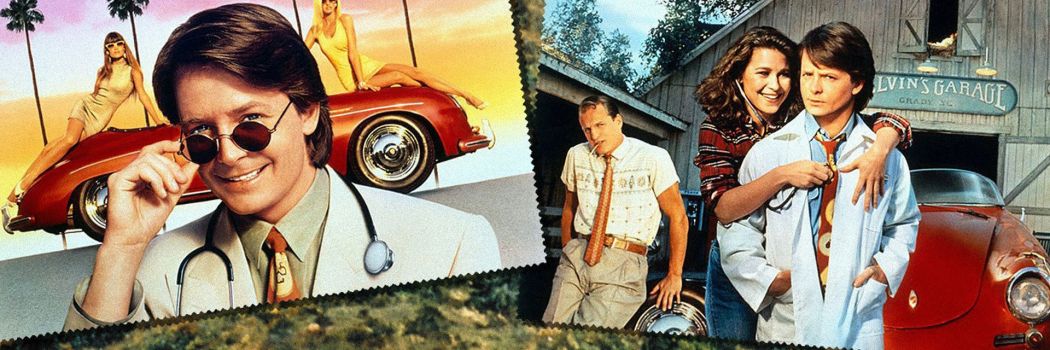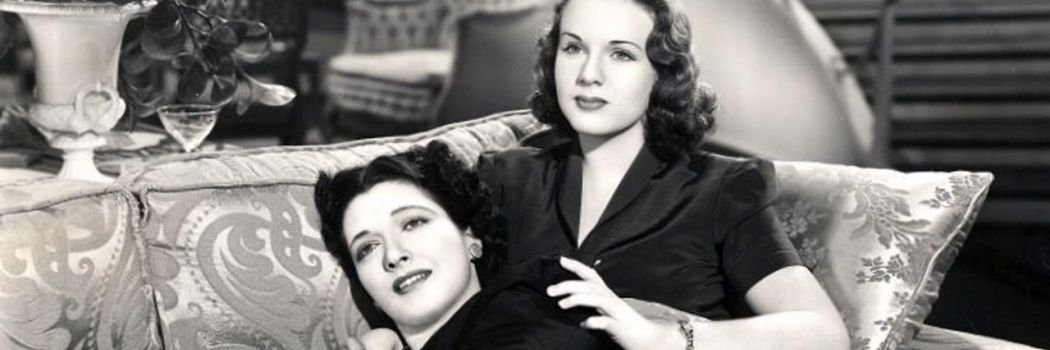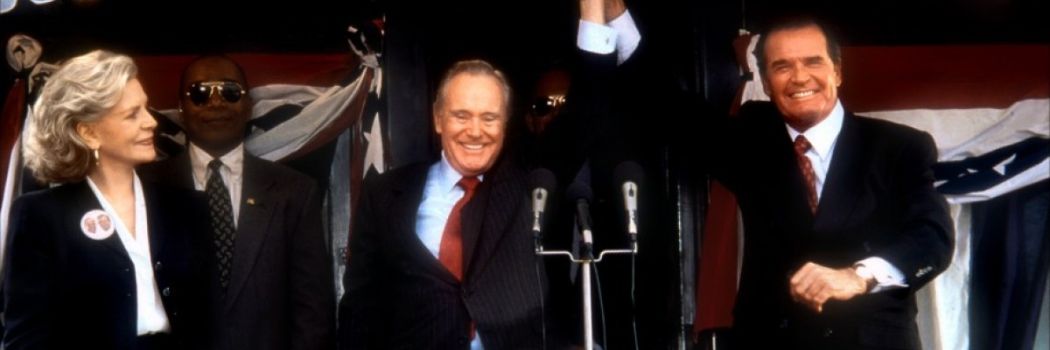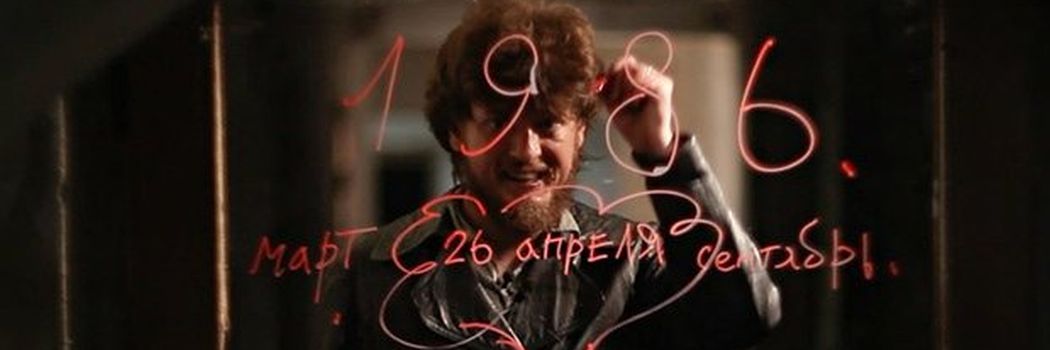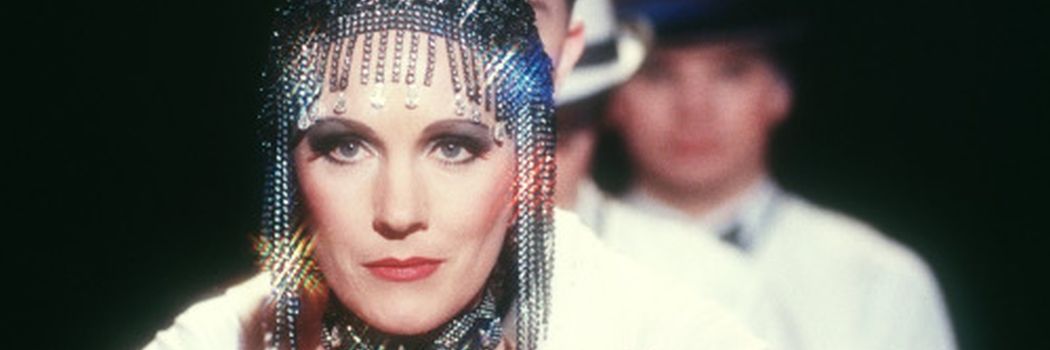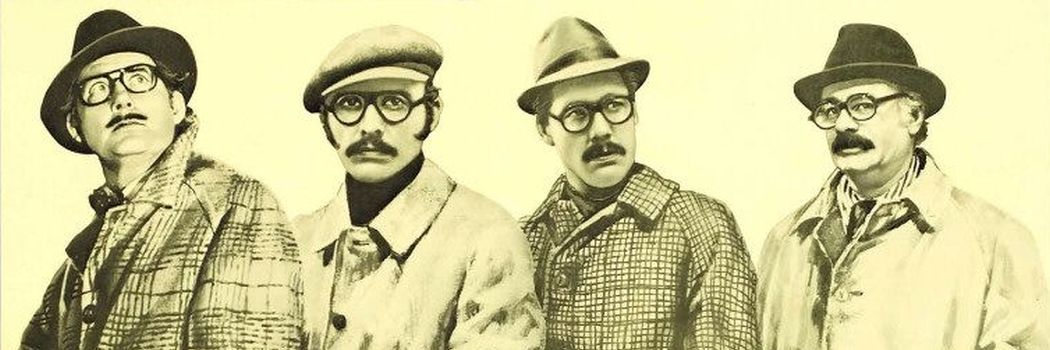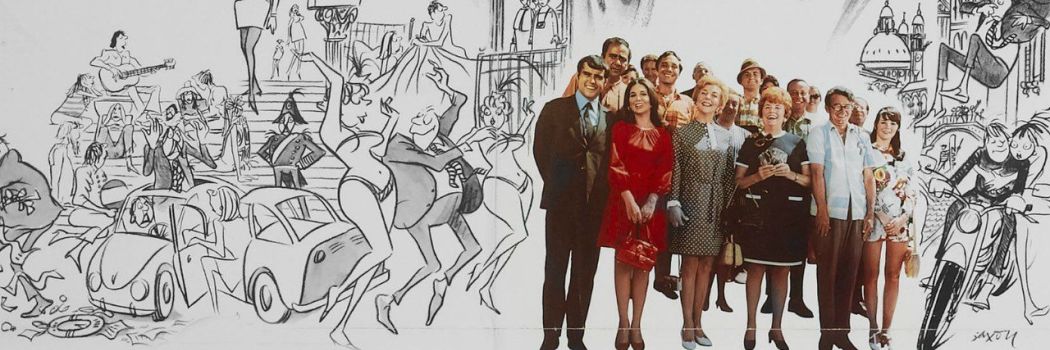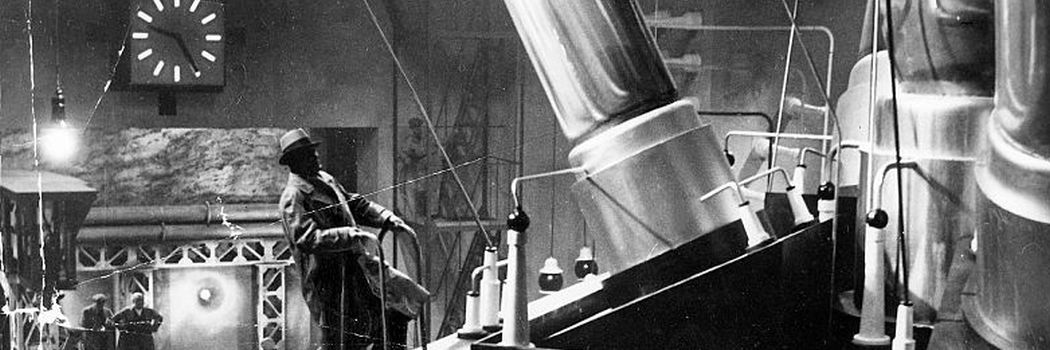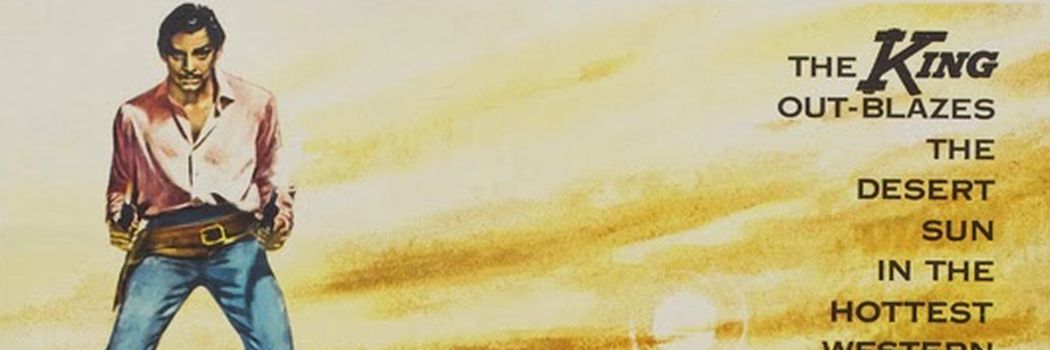Doc Hollywood (1991)
Doc Hollywood hearkens back to the days of older, inoffensive entertainment, including a scene with an outdoor late night showing of The General (1927), though there are a few moments that belie the film’s mild-mannered demeanor, mainly an early scene when Lou is introduced to us, completely and gratuitously nude. A local resident who was present for much of the filming in Micanopy, Florida, the stand-in for the fictitious Grady, later said that the nude scenes were included specifically to avoid a G rating.

